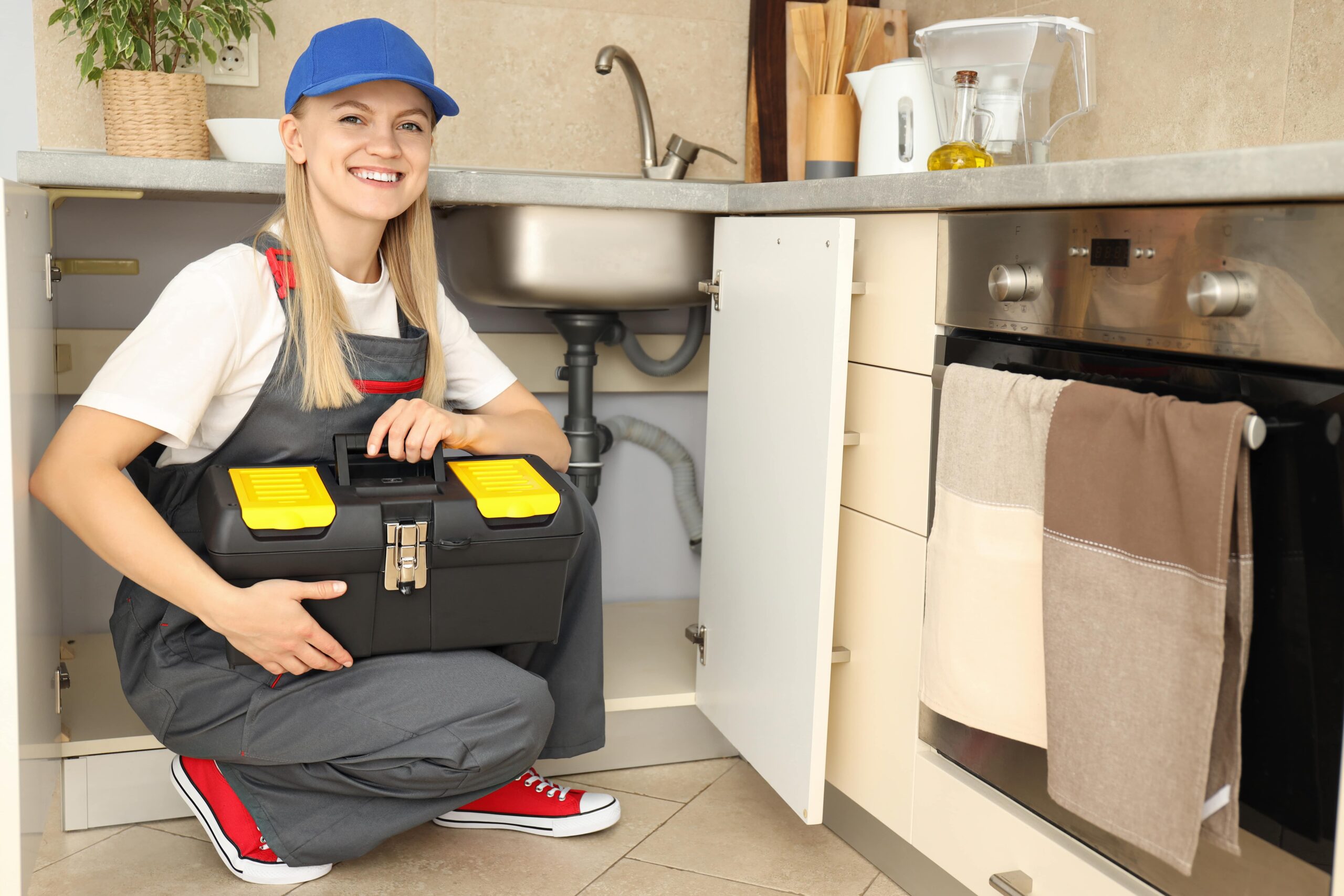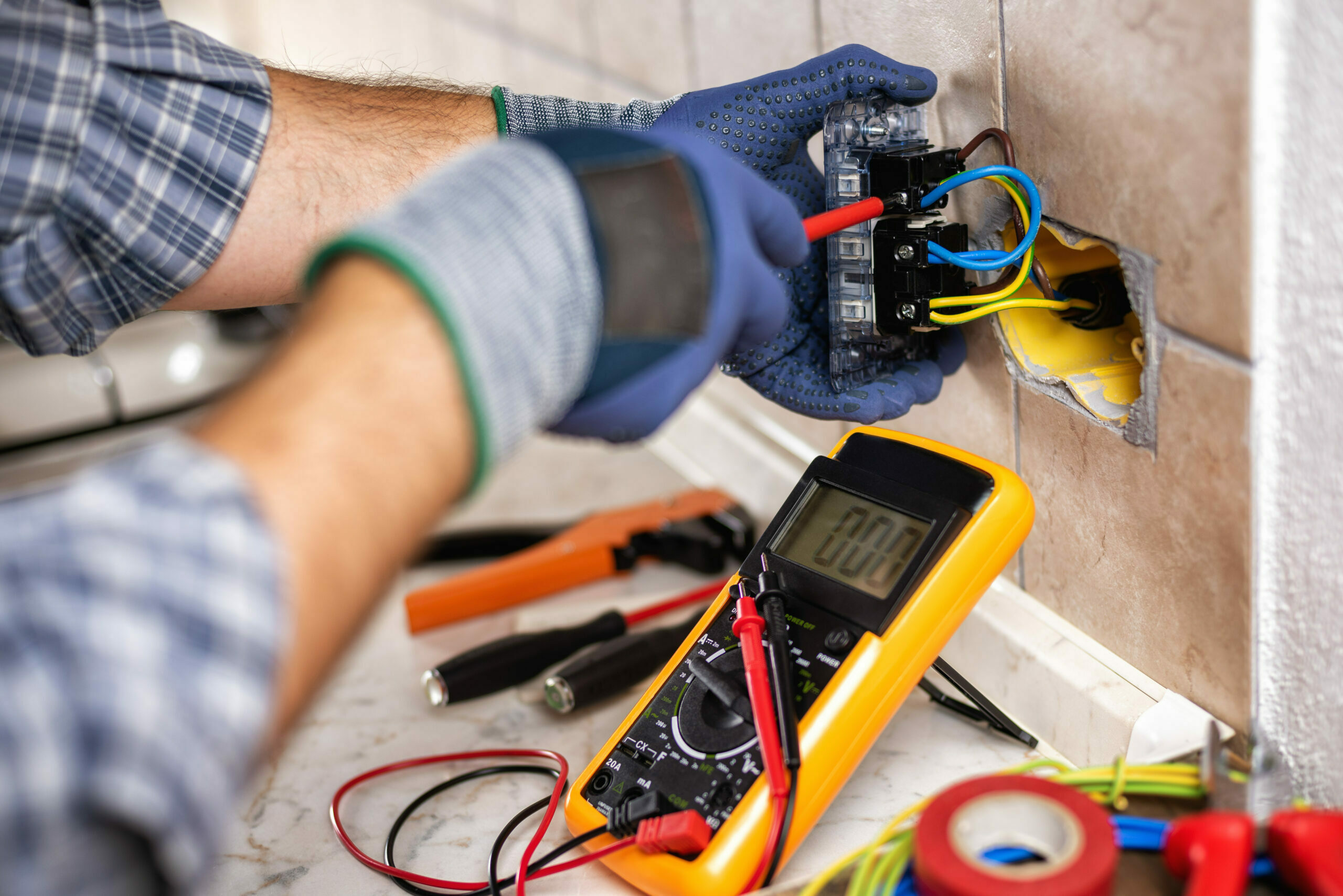There’s no doubt that gender equality in the trades industry is something to be addressed. Manual trades have been dominated by men in the past, but this gender gap is narrowing in recent years. The benefits of a more hands-on job are becoming more attractive to women and more female workers are becoming qualified tradespeople! Keep reading to learn more about the rise in popularity of trades jobs and the future of skilled female tradespeople.
Adjusting Perceptions
Historically, physical jobs were typically reserved for male workers. While women have always had some part in the trades industry, it was less common to see them on a construction site. Several women have had a notable impact on the industry over time, including Lady Yun. In 500 BC, Yun helped her husband develop chalk lines and furniture design processes that are still used today. In the 19th Century, Tabitha Babbitt innovated a circular cutting blade, the predecessor of the modern-day electrical saw. Later on, in the 19th Century, Emily Roebling supervised the construction of the famous Brooklyn Bridge.
It’s clear that we’re finally seeing a rise in female tradespeople. The number of women in the UK starting construction and engineering apprenticeships has increased by 366% in the past five years. Around 33,000 women were working as builders, plumbers and electricians in 2019, compared to an estimate of 15,000 in 2009. This figure has more than doubled in just 10 years!
It’s important to consider people’s perceptions of female trades workers, as the stigma can be a huge factor for those considering a manual job. According to a 2019 survey, 38% of London homeowners feel more positive about hiring a female tradesperson compared to a male worker. They believed a female worker would be more respectful of their home, more trustworthy, more friendly, and have higher attention to detail.
In 2021, 33% of UK female trade workers were painters and decorators, closely followed by plumbers and heating engineers. Despite this, most tradeswomen are most interested in learning the electrical trade, according to a survey. So we might see more female electricians in the future!
The Benefits of Hands-On Jobs
There are many benefits to learning a manual trade, especially considering the skills shortage in the UK. The demand for skilled trade workers is incredibly high, meaning that joining the industry promises job and income security.
Trade jobs offer a better work-life balance, something that is incredibly beneficial to women with children and other commitments. 80% of female tradespeople in the UK are their own boss, according to a recent study. They can plan their work around their lives, delegating tasks to employees as and when required.
Not only that, the salary of a skilled tradesperson is a great benefit. It’s even possible for these workers to earn a higher salary than university graduates. Plus, there’s always the opportunity for career progression – the ideal motivation for any ambitious woman!
Tradeswomen in the Future
We’re slowly achieving gender equality in the trades industry, and the future of tradeswomen is looking bright. What was once a predominantly male field is seeing a rise in women, with engineering courses noticing an increase in female students. 10% of engineering students are now female – which might not seem like a lot, but the numbers are rising.
There’s work yet to be done, however, when it comes to gender equality in the trades industry. As with many forms of employment, men earn significantly more than women. On average, men will take home approximately £8,206 more than women per year for the same role. This gap is starting to close in trade careers, however, with men earning an extra £7,115 on average.
Are you a woman interested in starting your trades career? The Trades College has you covered. We offer a range of courses, designed to fit your schedule. Get in touch with us to discuss your options!




